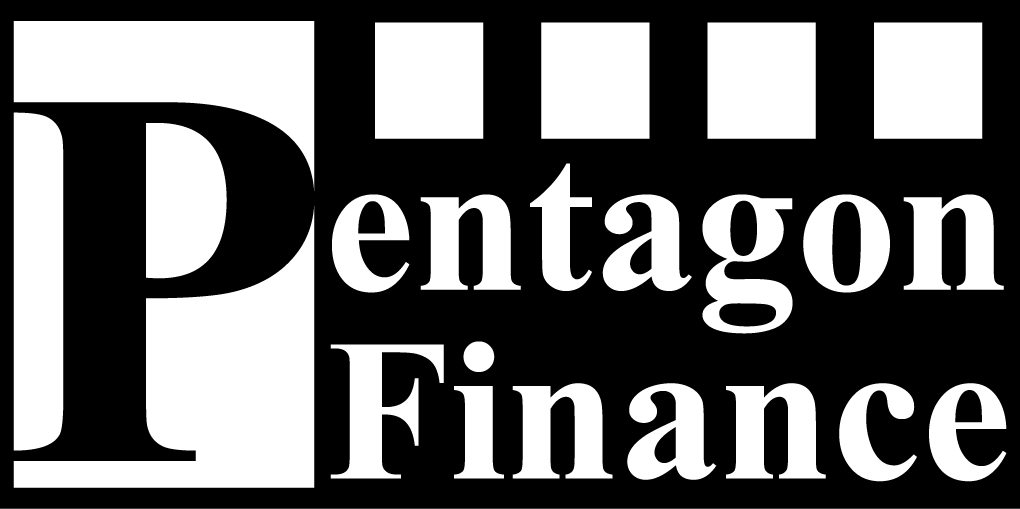9 Tips for Hiring and Retention During the Crisis

Since February 2020, senior executives have increasingly been asking how the pandemic, and now the presumed recession, will affect hiring in 2020.
The answer is that it will vary. In any time of economic distress, not every industry slows down. While some companies lay off people, others hire them. As every prior downturn has shown, there is opportunity in chaos, and not just the unethical sort.
Of course, hiring, productivity, and retention will likely be more challenging in this time of pandemic and recession. At least for now, there’s a new normal. But even if hiring decreases overall, at most companies there will be pockets of ethical opportunity and business continuity that warrant hiring at certain levels.
So I think it’s time for companies and hiring managers to fully reassess their existing human resources and what business opportunities exist in this current climate in order to determine how hiring needs and processes — for both leaders and employees generally — need to adjust to remain competitive and consistent.
Here are nine tips for executives looking to assess their hiring needs and adjust their hiring practices to address the new challenges.
Prioritize hiring needs based on necessity, function, work arrangement, and location. Positions that can be moved to or are already set up as an at-home arrangement can be interviewed remotely and onboarded virtually should take precedence over other roles, once necessities and functional priorities have been determined.
Project which functions will no longer be needed and which will have to be adjusted, as well as what new functions will arise in this new economic climate. Assess how current staff can be retained and retrained in this new structure. Determine what openings exist after evaluating the current state of staff and functions. Factor in business continuity and redundancy needs when assessing workflows and staffing needs.
Look for candidates who have worked successfully in virtual environments. All other qualifications being equal, the candidate who has worked in a remote capacity could assimilate faster. Look for candidates who are familiar with multiple virtual business platforms, such as Microsoft Teams, Slack, Zoom, Asana, Trello, proprietary VPNs, and CRMs of all kinds.
When hiring, give an edge to qualified candidates who have made it through multiple layoff rounds. They’re used to picking up the pieces after a massive layoff and are a better bet to know how to keep the operation moving smoothly. Be clear with them on company plans, and they may start imagining how to fix situations and turn things around.
Identify candidates that have a track record of succeeding at things they’ve never done before. While most people can continually succeed in an upward linear fashion by building on prior experience, we are not in a linear period at the moment. The person who can repeatedly succeed in unknown situations is what some companies will need for fresh ideas and reinvention.
Seek out candidates who embrace the idea that there is ethical opportunity in chaos and will lead or support business development efforts during this tumultuous time. People who feel badly about promoting products and ethically maximizing profits during downturns will be hard-pressed to come up with ideas for new revenue streams, expense reductions, or streamlined processes.
Evaluate existing onboarding processes. What aspects can be done virtually? Assess what staff and training resources will be needed for a new hire to have the fastest path to productivity. Ensuring that an effective onboarding plan is in place will be crucial for quickly achieving ROI from new hires as well as retaining them.
Assess how each candidate’s work arrangement should be structured. Could it be a contract role to allow more flexibility than is possible with a fulltime hire? Consider structuring hires to minimize unemployment and outplacement costs in the present climate of uncertainty.
Implement low-cost, minimal-effort, yet high-impact employee retention and mental health practices. Everyone knows we are in an unprecedented time and companies are making some things up as they go along. But keeping new and current employees involved and part of the plan will foster a climate of “we’re all in this together,” where the company’s next great idea can come from any employee that wants to contribute. Scared, resentful employees don’t often want to offer ideas.
Again, there is ethical opportunity in chaos. It’s imperative to look for potential leaders as well as rank-and-file employees who have shown they can survive and thrive in uncertain times, and that holds true for current leaders as well. Hiring practices have to adjust accordingly.
Speak to us about any of your major project staffing concerns during the Covid 19 Pandemic.

